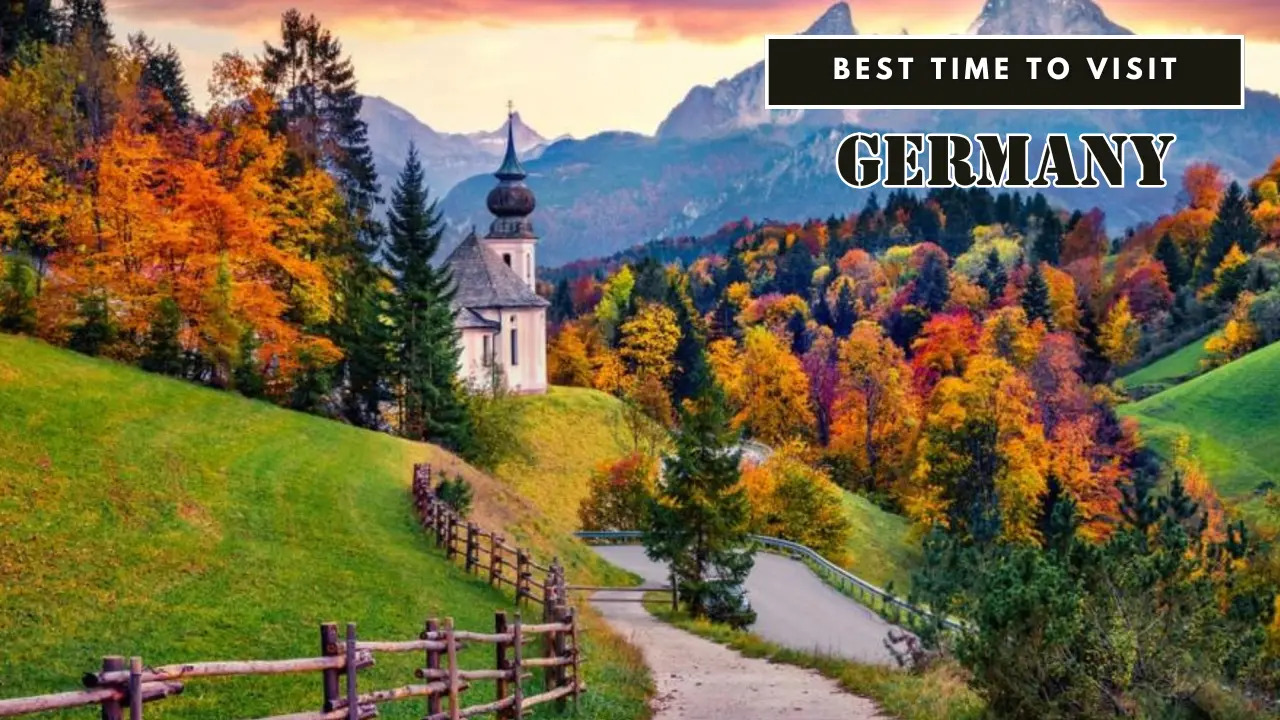Germany is a year-round destination, offering a unique charm in every season – from snow-covered castles to sunny beer gardens and festive Christmas markets.
The best time to visit depends on your interests, budget, and the kind of experience you want. Here’s a breakdown of what to expect in each season:
Spring (March to May)
Best for: Sightseeing, mild weather, fewer crowds
Spring is a beautiful time to visit Germany as the country comes alive with blooming flowers and longer daylight hours. Temperatures range from 10°C to 20°C (50°F to 68°F), making it ideal for exploring cities, parks, and castles without the summer rush.
Highlights:
- Cherry blossoms in Bonn
- Frühlingfest (Spring Festival) in Stuttgart and Munich
- Lower hotel and flight prices
Summer (June to August)
Best for: Outdoor festivals, hiking, lakes, road trips
Summer is the peak tourist season in Germany. Expect warm weather, long days, and bustling tourist spots. Temperatures typically range from 20°C to 30°C (68°F to 86°F), especially in July and August.
Highlights:
- Music and cultural festivals across cities
- Hiking in the Bavarian Alps and the Black Forest
- Lake swimming and Rhine River cruises
- Open-air beer gardens and outdoor dining
Tip: Book accommodations and transport early to avoid high prices and sold-out dates.
Autumn (September to November)
Best for: Wine tasting, fewer tourists, colorful landscapes
Autumn is an underrated but fantastic time to visit. The changing foliage adds vibrant colors to castles and vineyards. The weather starts cool (around 20°C in September) and drops to single digits by November.
Highlights:
- Oktoberfest in Munich (late September to early October)
- Harvest festivals and wine tours in the Rhine and Moselle valleys
- Lower tourist traffic after October
Winter (December to February)
Best for: Christmas markets, skiing, winter wonderland vibes
Germany in winter is magical. Snow often blankets historic towns and castles, and festive Christmas markets light up the cities. Average temperatures range from -5°C to 5°C (23°F to 41°F), especially in the south.
Highlights:
- World-famous Christmas markets in Berlin, Dresden, Nuremberg, and Cologne
- Skiing and snowboarding in Bavaria and the Alps
- New Year’s celebrations and winter shopping
When Is the Best Time Overall?
- For first-timers and general sightseeing: May, June, and September
- For budget travelers: March to early May, or late October to November
- For Christmas markets: Late November to December
- For Oktoberfest lovers: Late September to early October
- For skiing and winter landscapes: December to February
Final Thoughts
Germany offers something special in every season. Whether you’re chasing cherry blossoms, festive cheer, or scenic hikes, the „best time“ depends on your travel goals. With proper planning, any time can be the perfect time to visit Germany.

